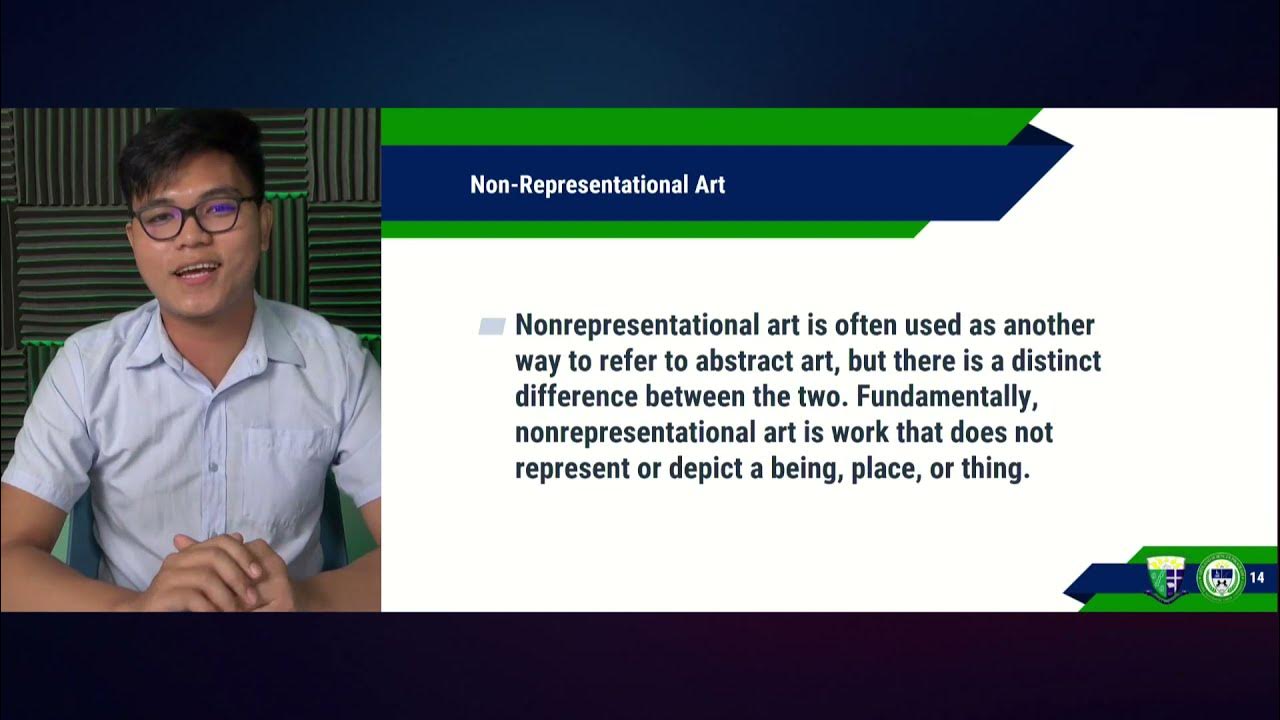Understanding Abstract Art - An explanation through the eyes of Piet Mondrian
Summary
TLDRThis video explores the evolution of abstract art through the works of Piet Mondrian, from his early figurative paintings to his iconic, simplified abstract compositions. It delves into how Mondrian's transition from detailed naturalism to abstract realism redefined artistic expression in the 20th century. The video also highlights the experimental nature of his work, focusing on the balance of colors, shapes, and lines. It invites viewers to appreciate the subtlety of Mondrian's journey, emphasizing that abstract art is a deeply personal experience. The video concludes by recommending a visit to exhibitions showcasing Mondrian’s transformative career.
Takeaways
- 😀 Mondrian's art journey evolved from traditional, detailed paintings to simplified abstract works, marking a shift from figurative to abstract art.
- 😀 Many people struggle with appreciating abstract art, which emerged in the early 20th century, and may find it hard to explain why.
- 😀 Piet Mondrian's transition from naturalistic works to abstraction was deliberate, and his abstract pieces were still inspired by his observations of the world.
- 😀 In 1910, Mondrian painted 'Red Tree,' a work showing a tree with minimal leaves, marking a move toward abstraction.
- 😀 Mondrian's works became increasingly simplified over time, removing many details and adding abstraction, as seen in 'Gray Tree' and 'Horizontal Tree' from 1912.
- 😀 The concept of abstract art is often subjective, allowing viewers to interpret works in their own way, as shown with Mondrian's 'Tableau no. 2, Composition no. V.'
- 😀 Mondrian did not abandon realistic art, as evidenced by his 1916 painting 'Farm Near Duivendrecht in the Evening,' showcasing his continued exploration of nature.
- 😀 Despite the simplicity of Mondrian's later works, they took years of experimentation, carefully balancing colors, shapes, and lines.
- 😀 Abstract art is often perceived as something easy to create, but in reality, it requires deep creative exploration and a mastery of visual balance, as demonstrated by Mondrian's process.
- 😀 Mondrian's later works, including 'New York City I' and 'Broadway Boogie Woogie,' featured more intricate compositions with additional lines and shapes.
- 😀 Piet Mondrian’s artistic career ended with 'Victory Boogie Woogie,' a piece he never finished, representing the culmination of his abstract style.
Q & A
What is the main focus of the video?
-The video explores the evolution of Piet Mondrian's art from traditional figurative paintings to more abstract works, highlighting his journey towards abstract art and the significance of his creative process.
How did Mondrian's early work differ from his later abstract pieces?
-Mondrian's early works, such as 'Red Tree,' were more figurative, depicting recognizable scenes like trees with detailed colors. In contrast, his later works, like 'Composition with Red, Blue, and Yellow,' became increasingly abstract, focusing on shapes, lines, and colors without explicit representations of objects.
What is the significance of Mondrian's transition to abstract art?
-Mondrian's transition to abstract art was deliberate and experimental, reflecting his desire to explore the visual appeal and balance of shapes, lines, and colors, rather than focusing on realistic depictions of the world. His move toward abstraction was a reflection of his search for deeper artistic expression.
What role did Mondrian's title choices play in his abstract works?
-Mondrian's choice of ambiguous titles, like 'Tableau no. 2' or 'Composition no. V,' allowed for personal interpretation. By avoiding specific representations, he enabled viewers to engage with his work on a more subjective level, allowing them to see what they wanted in the abstract compositions.
Why did Mondrian refer to himself as an 'abstract-realist'?
-Mondrian referred to himself as an 'abstract-realist' because, despite his move to abstraction, he still sought to reflect the world around him. His abstract works were often rooted in observations of nature, and he did not consider himself completely divorced from realism.
How did Mondrian's work evolve in terms of color and shape?
-Mondrian's use of color and shape became increasingly simplified and geometric over time. His early abstract works experimented with grids and combinations of primary colors, while later compositions featured more complex arrangements of lines, shapes, and colors, culminating in works like 'Broadway Boogie Woogie.'
What makes Mondrian's abstract works unique compared to others?
-Mondrian's abstract works are unique because they represent a thoughtful and calculated approach to balance, with every line and color placement having a purpose. While his works appear simple, they are the result of extensive experimentation and refinement.
What is the significance of Mondrian's 'Victory Boogie Woogie'?
-'Victory Boogie Woogie' is one of Mondrian's final and most complex works, showcasing his mastery of abstraction. Although Mondrian could not complete it, the piece represents the culmination of his artistic journey and his embrace of rhythm and movement through color and form.
Why is Mondrian's work popular among children?
-Mondrian's works, with their simple use of squares, rectangles, and primary colors, are visually accessible to children. His minimalistic style allows them to easily recognize and engage with the basic elements of art, which may contribute to his popularity among younger audiences.
How can one deepen their understanding of Mondrian's work?
-Visiting exhibitions that showcase Mondrian's works from different periods can greatly enhance understanding. A visit to the Kunstmuseum in The Hague, which houses a permanent collection of his works, offers an opportunity to experience his evolution firsthand.
Outlines

This section is available to paid users only. Please upgrade to access this part.
Upgrade NowMindmap

This section is available to paid users only. Please upgrade to access this part.
Upgrade NowKeywords

This section is available to paid users only. Please upgrade to access this part.
Upgrade NowHighlights

This section is available to paid users only. Please upgrade to access this part.
Upgrade NowTranscripts

This section is available to paid users only. Please upgrade to access this part.
Upgrade Now5.0 / 5 (0 votes)





